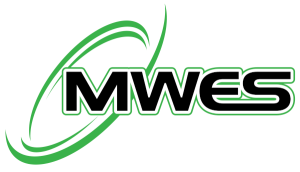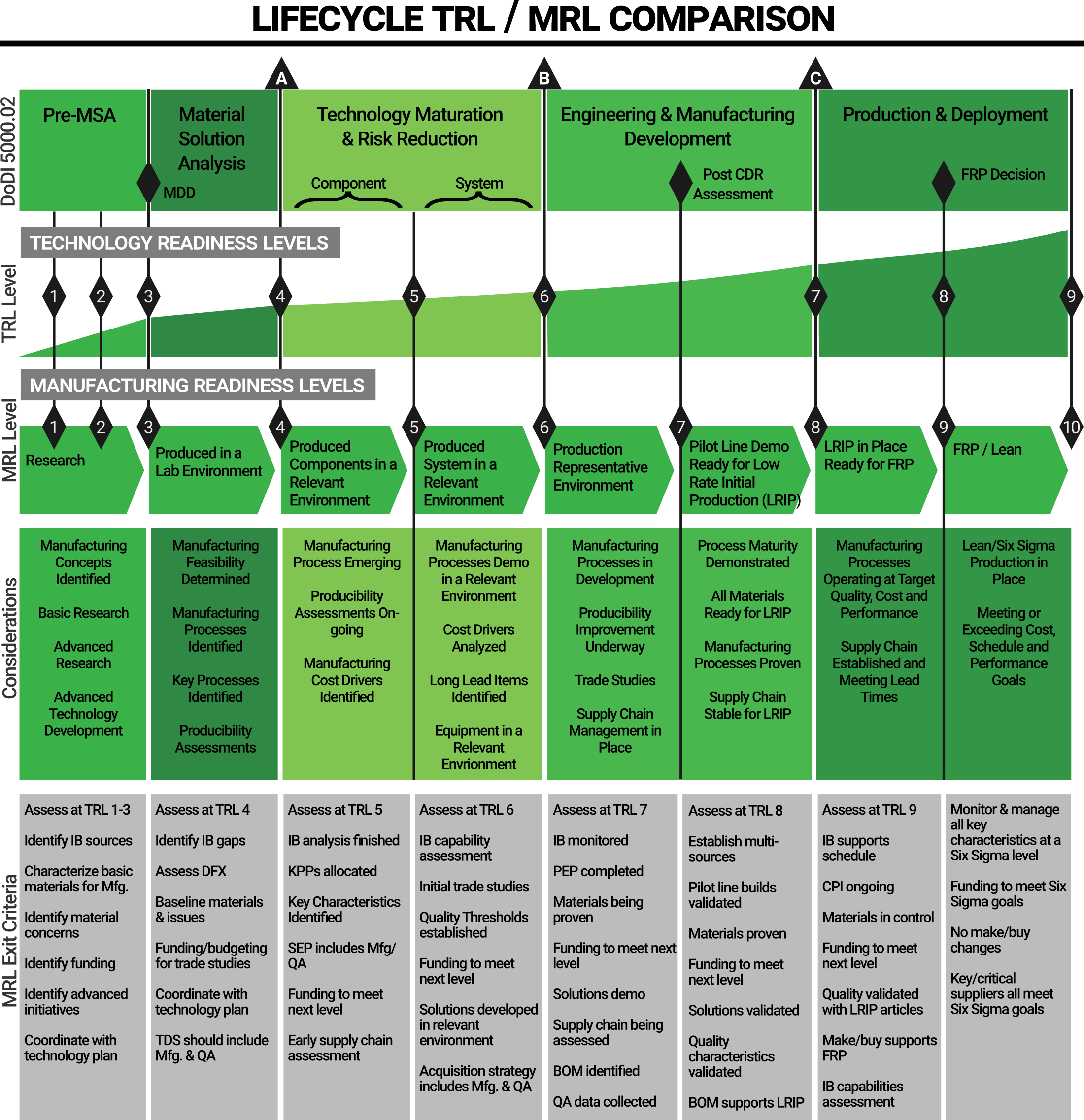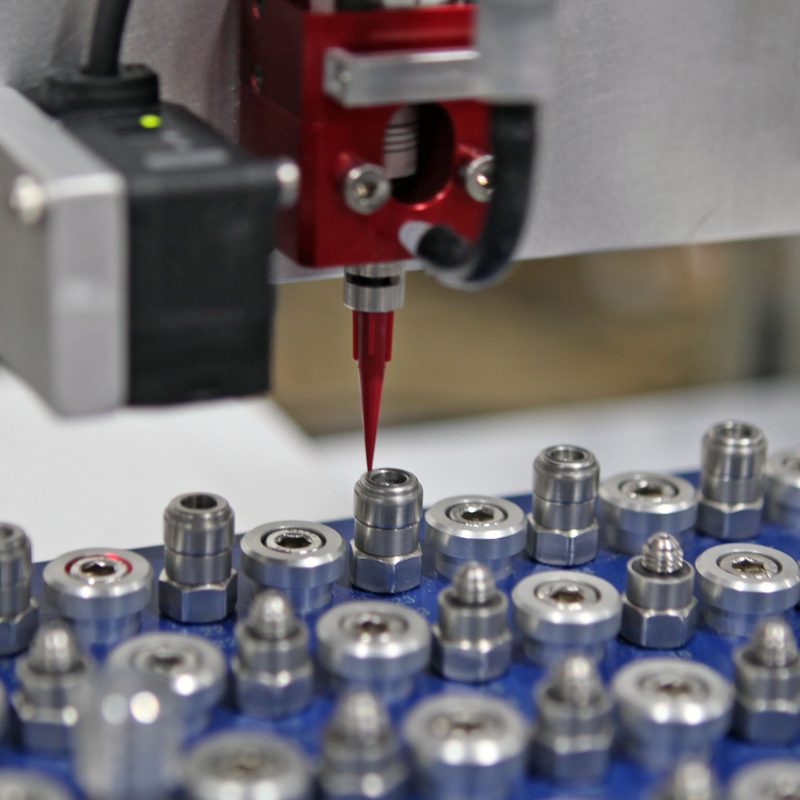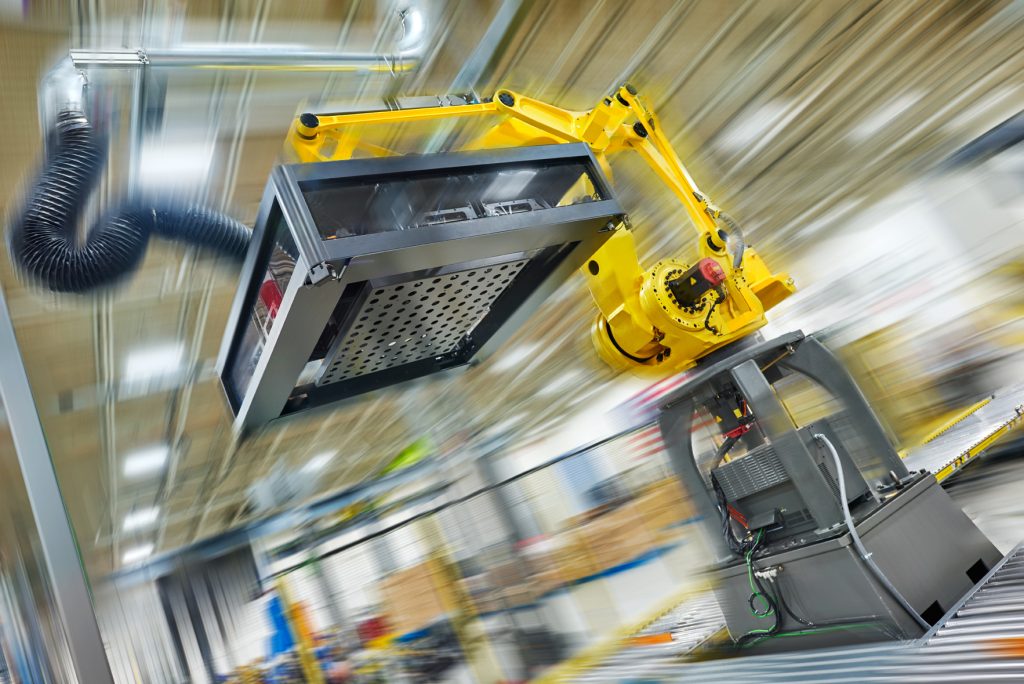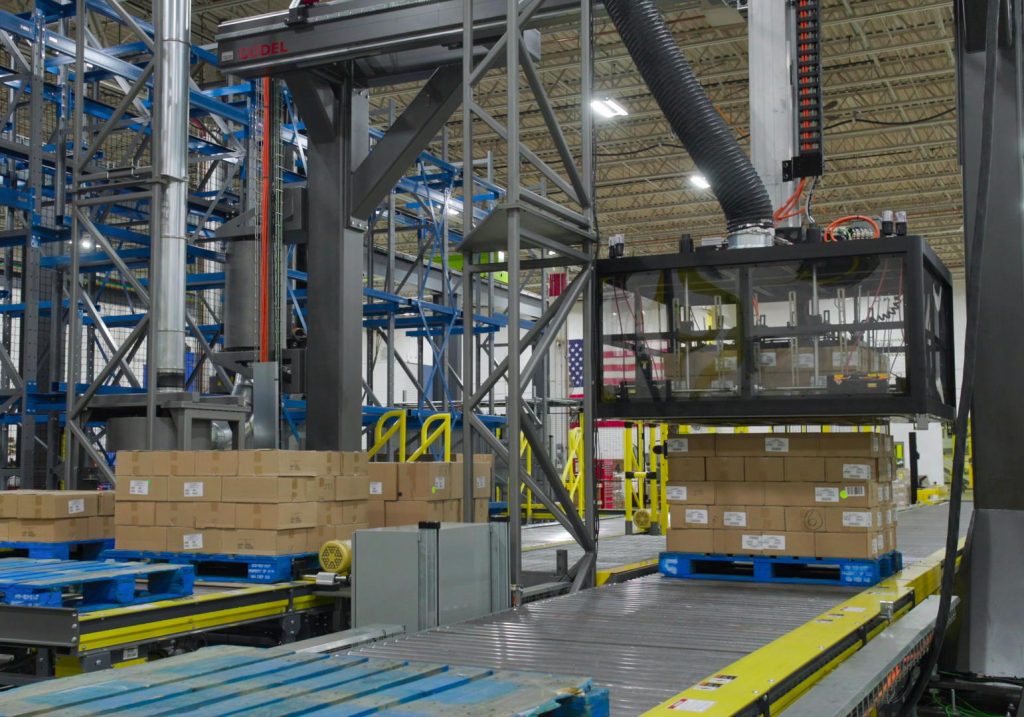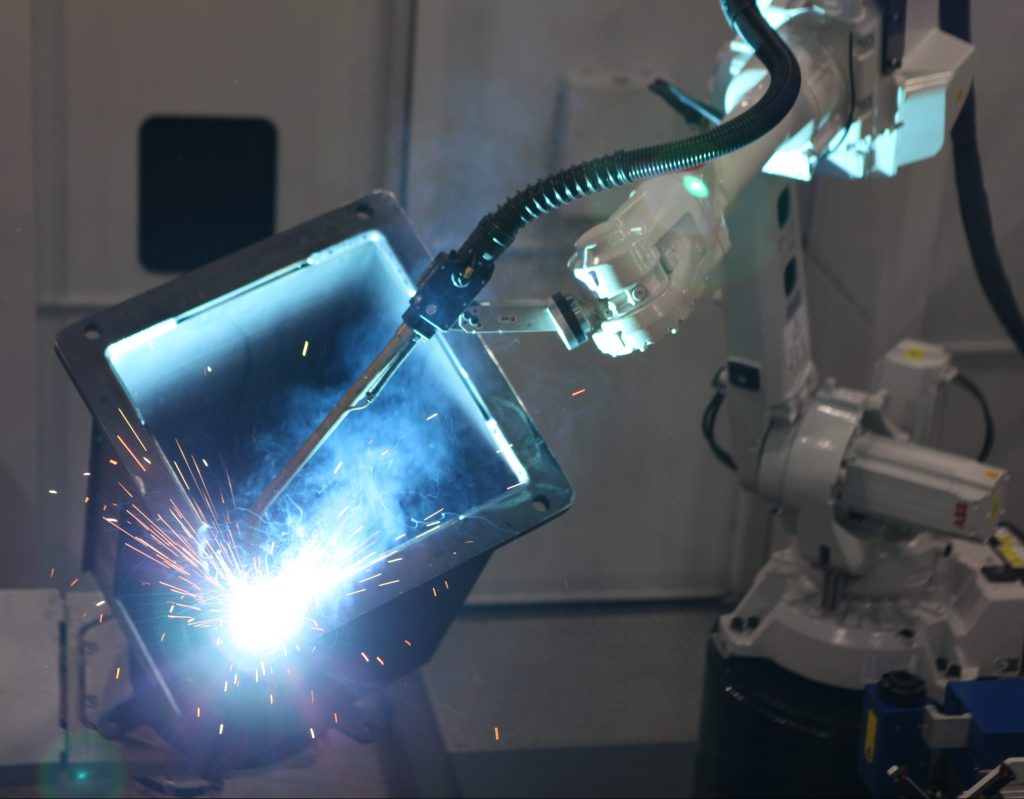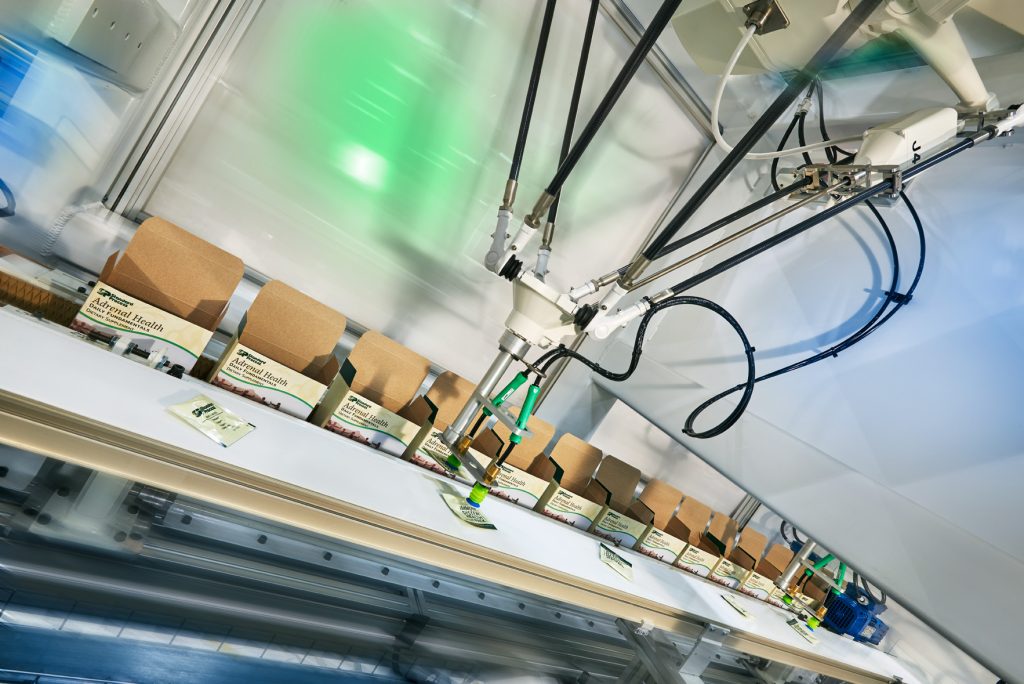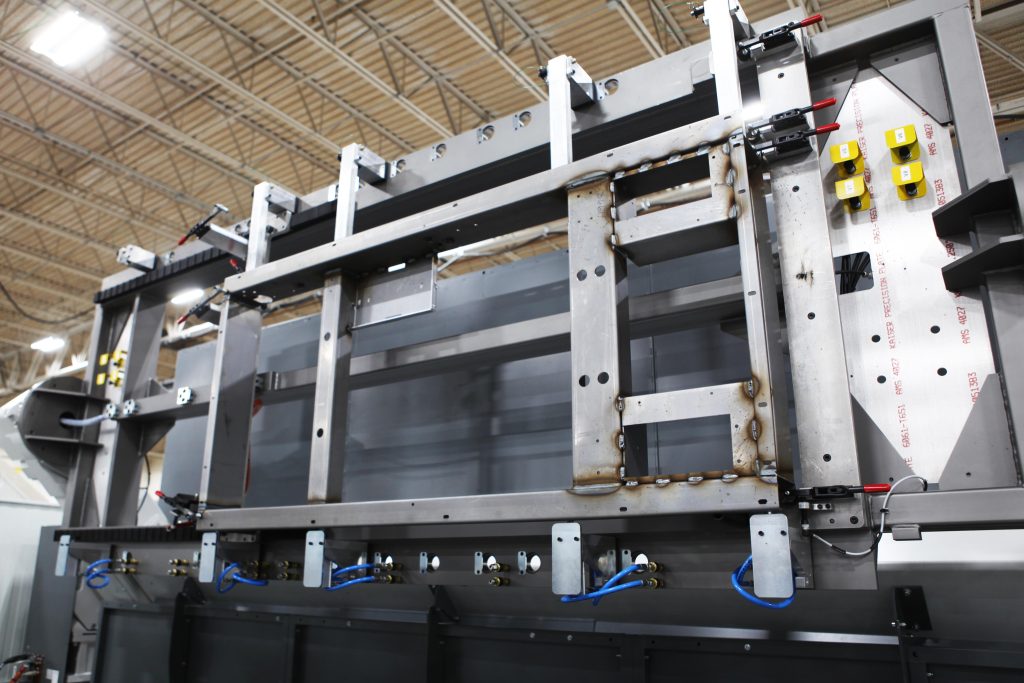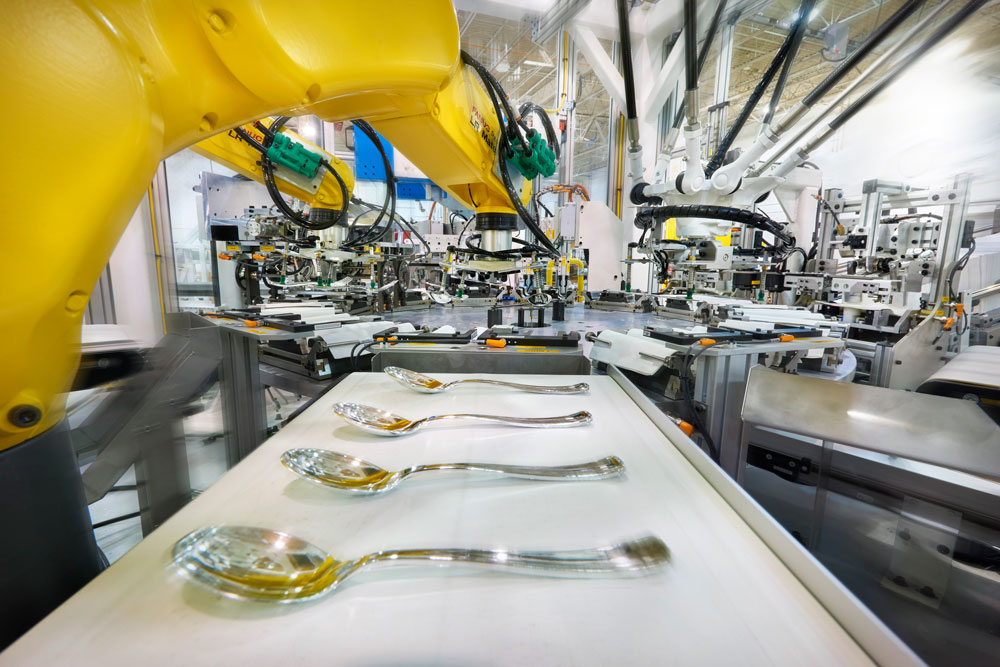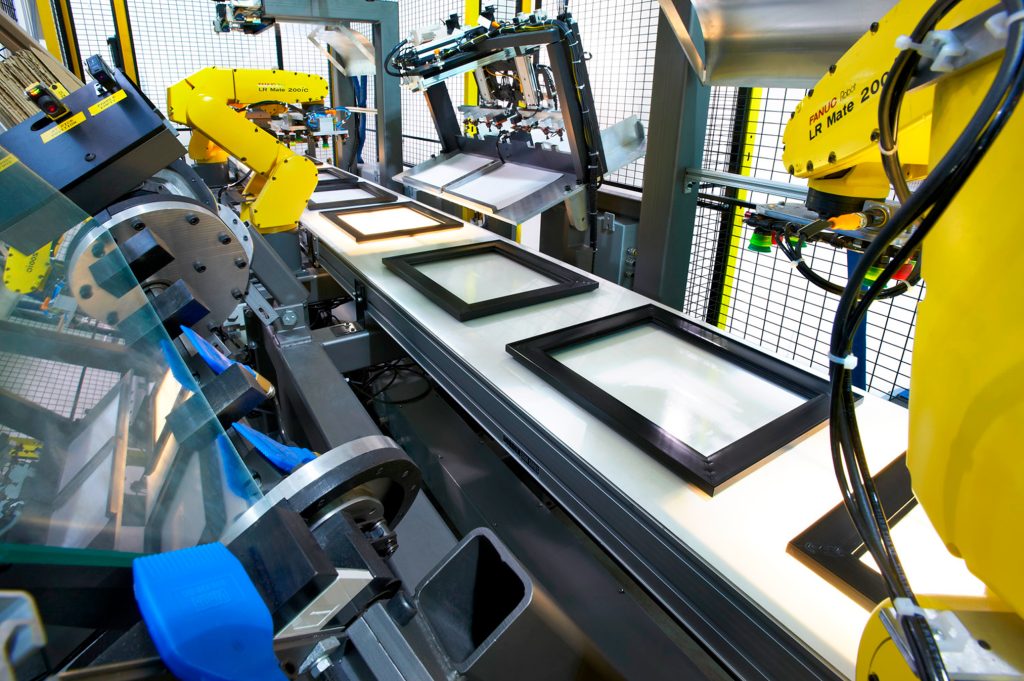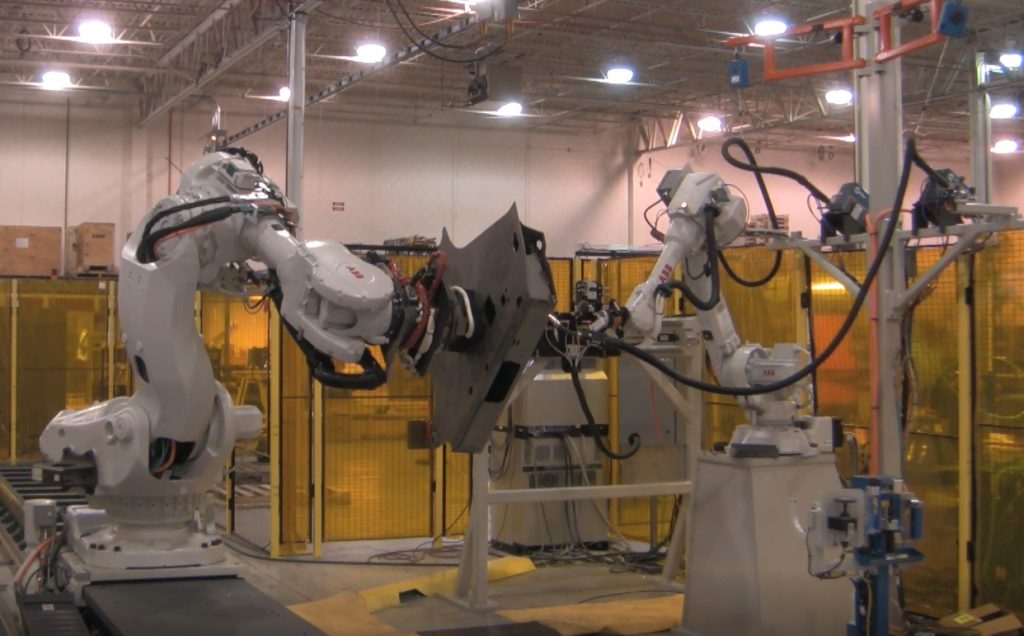New Product Introduction
- Home
- Our Process
- New Product Introduction
Building a Robust Strategy with
New Product Introduction & Lifecycles
Launching a new automation process can be both exhilarating and daunting. While automation offers the promise of growth and innovation, it also comes with financial risks and process uncertainties. A well-planned New Product Introduction (NPI) strategy is essential to navigate these challenges successfully.
An NPI strategy with MWES aims to minimize risks, optimize resources and costs, and maximize the success for the new product. In such a dynamic environment, the MWES NPI process is critical for companies looking to stay competitive and meet the market’s ever-changing demands.
Stages of New Product Introduction
Stage 1: Definition
Stage 2: Feasibility
Stage 3: Development
Stage 4: Validation
Stage 5: Implementation
Stage 6: Evaluation
By following these six stages, we can navigate the complexities of automation integration and emerge with innovative solutions that drive growth and success.
Lifecycle Comparison: TRL vs. MRL
Regarding developing and deploying new technologies with MWES, two key frameworks guide the process: Technology Readiness Levels (TRL) and Manufacturing Readiness Levels (MRL). Both are critical in assessing technologies’ maturity and readiness for integration into a larger system or process.
Technology Readiness Levels (TRL)
The Technology Readiness Levels process primarily concerns the maturity of technology itself, including its scientific and technical development. It answers questions about whether the technology works, if it’s reliable, and if it can perform its intended function within a system. The TRL scale ranges from 1 to 9, with 1 being the lowest level of technology readiness, basic principles observed and reported, and 9 being the highest, actual system proven through successful mission operations.
Manufacturing Readiness Levels (MRL)
Manufacturing Readiness Levels, on the other hand, assess the maturity of a technology from a manufacturing perspective. They help determine if a technology can be produced reliably and cost-effectively at scale. The MRL scale also ranges from 1 to 10, with higher numbers indicating greater maturity. It considers factors such as the availability of materials, the feasibility of production processes, and the existence of a suitable manufacturing infrastructure.
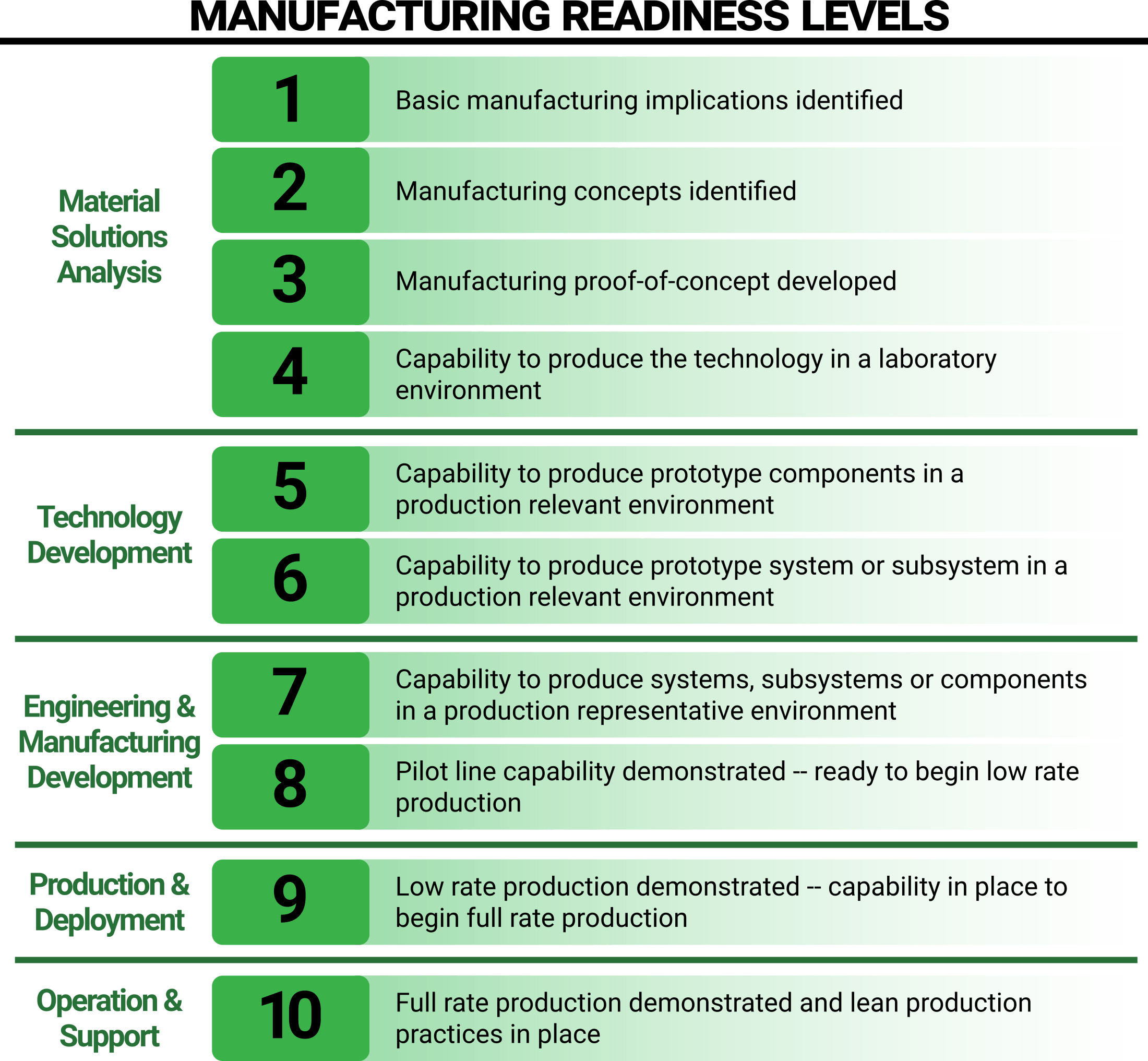
The Interaction Between TRL & MRL
While TRL focuses on the development of the technology itself, MRL ensures that the technology can be manufactured to meet demand. The interaction between TRL and MRL is crucial; a high TRL does not guarantee a high MRL. For instance, a technology might work perfectly in a simulation (high TRL) but may not be manufacturable at scale (low MRL) due to various constraints.
The goal is to align TRL and MRL so that as a technology matures, its manufacturing processes are developed concurrently. This alignment minimizes any risks and ensures a smoother transition from simulation to full production. As an integrator, MWES adheres to this principle and has for decades helped businesses successfully launch new technology and manufacturing initiatives.
Lifecycle Comparison
Throughout the lifecycle of a manufacturing process, TRL and MRL must be considered in tandem. The development process should not only focus on proving the viability of the technology (TRL) but also on ensuring that the automation system can be manufactured (MRL). This dual focus helps prevent scenarios where a technology is advanced without considering the practicalities of its production, which can lead to delays and a lower return on investment.
TRL and MRL are complementary processes that, when aligned, provide a comprehensive view of a technology’s readiness from concept to production. Midwest Engineered Systems understands both readiness levels can lead to more efficient resource allocation, better planning and ultimately, successful integration of a manufacturing system.
Building the future of manufacturing, together
How we can help your business with
The MWES Process
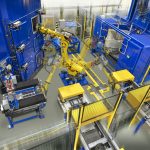
Our Process
With each automation project, Midwest Engineered Systems implements a project management process that walks through the steps for successful equipment integration.
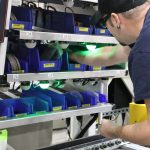
Process Development
Our approach to automation process development is to first evaluate the firm’s current production operation and understand the company’s process needs.
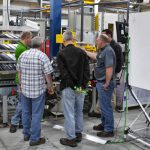
Proof of Principle Testing
We offer the ability to experience the performance of an automation system with real parts and production conditions before significant investment in a production automation system is made.
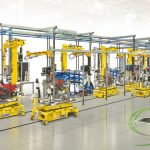
Consolidating Multi-Line Production
We can utilize our depth of knowledge on facility-wide automation projects to analyze the current production system to build the best automation solution.
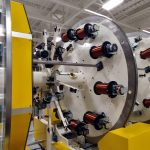
Engineering for Manufacturability
We can help reduce the costs associated with automation by analyzing and suggesting product and process modifications.
Why work with us
A trusted partner in manufacturing
120+
Team Members
4,000+
Systems Built
100k+
Sq. Ft. Facility
12+
Years RIA Robot Experts
The Future of Manufacturing
